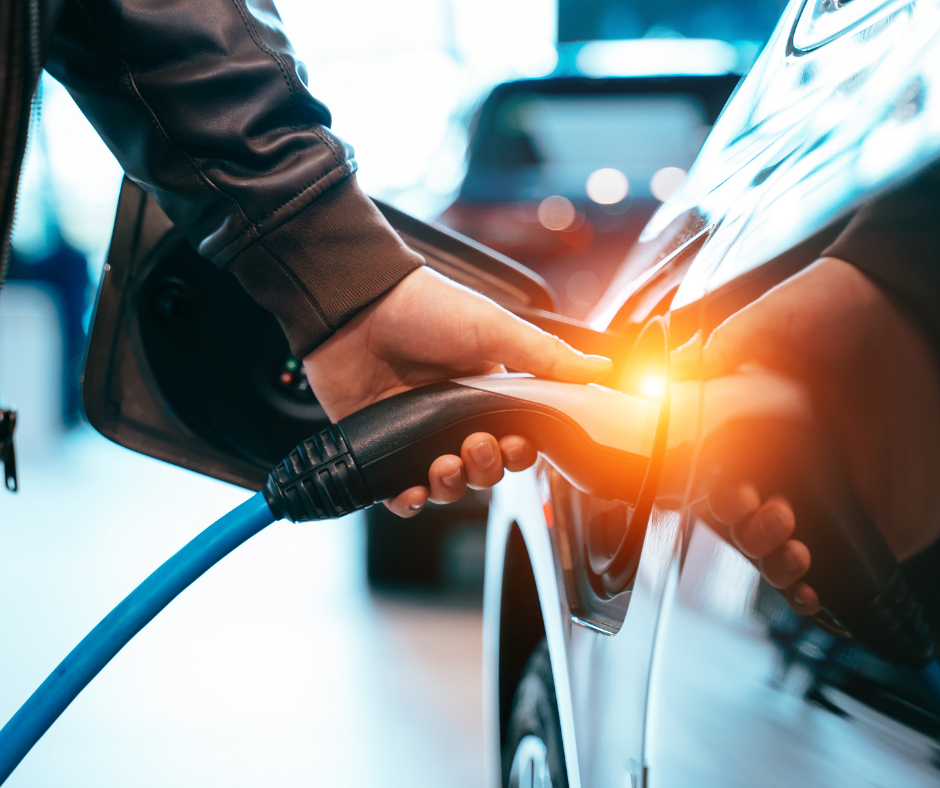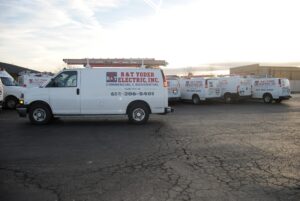
Electric vehicles (EVs) are spreading across Ohio and the rest of the U.S. As more Ohio natives choose EVs like Teslas, Nissan Leafs, and Chevy Bolts over gas-powered cars, Ohio’s electrical grid faces new opportunities and challenges in meeting the increased demand for electricity.
Understanding the impact of EVs on our local grid is critical for utilities, regulators, and consumers alike in paving the way to a clean transportation future.
The Rise of Electric Vehicles in Ohio
EV sales are rising rapidly in Ohio thanks to falling battery costs, expanding public charging infrastructure, and growing consumer interest in cleaner cars. In 2021, over 12,500 EVs were sold in Ohio – more than double the EV sales from the previous year.
Forecasts suggest EV adoption will continue growing, with EV sales projected to hit over 70,000 vehicles per year in Ohio by 2030. If recent projections are correct, the electricity demand from EVs could balloon by 15 to 20 times this decade alone.
How EVs Will Impact Electricity Demand
All those new EVs hitting Ohio’s roads this decade will require vast amounts of electricity. Each EV requires about 30 kilowatt-hours (kWh) to travel 100 miles.
The typical Ohio household consumes about 900 kilowatt hours of electricity per month. Accelerated EV adoption through 2030 could add over 5,000 gigawatt hours of new electricity demand onto the grid – equal to over half a million new households’ power needs. If not correctly managed, this added pressure on generation capacity could strain reliability on hot summer days when electricity demand already peaks.
Strategies For Managing the EV Boom
While the EV revolution brings uncertainties around electricity supply and infrastructure needs, Ohio’s grid can adapt through careful planning and smart policies. Strategies like time-of-use pricing can shift EV charging to off-peak hours, flattening the spike in demand EVs may otherwise cause. 4
Investing in robust charging networks with advanced metering sets the stage for flexible, optimized charging as EV adoption accelerates. Renewable energy generation, like solar and wind power, can help supply clean electricity to this new pool of EV consumers cost-effectively.
Utility companies also project electricity demand years in advance and can make infrastructural upgrades to transformers, substations, poles, and wires in neighborhoods seeing high EV uptake. Ohio’s electricity infrastructure can pave the way for an electric transportation future through grid modernization investments and communication between utilities, regulators, and innovators.
Contact the Experts at Yoder Electric
As Ohio charts a path forward for EVs, reliable and visionary electrical services will be essential. With years of experience providing specialized electrical solutions, Yoder Electric has the expertise and innovation to support EV integration across Ohio.
Contact Yoder Electric to learn about EV charger installation, supporting grid modernization in your neighborhood, backup power supplies, and all your other electrical needs. Their experts are ready to help individuals and communities thrive in the transition to electric transportation.










